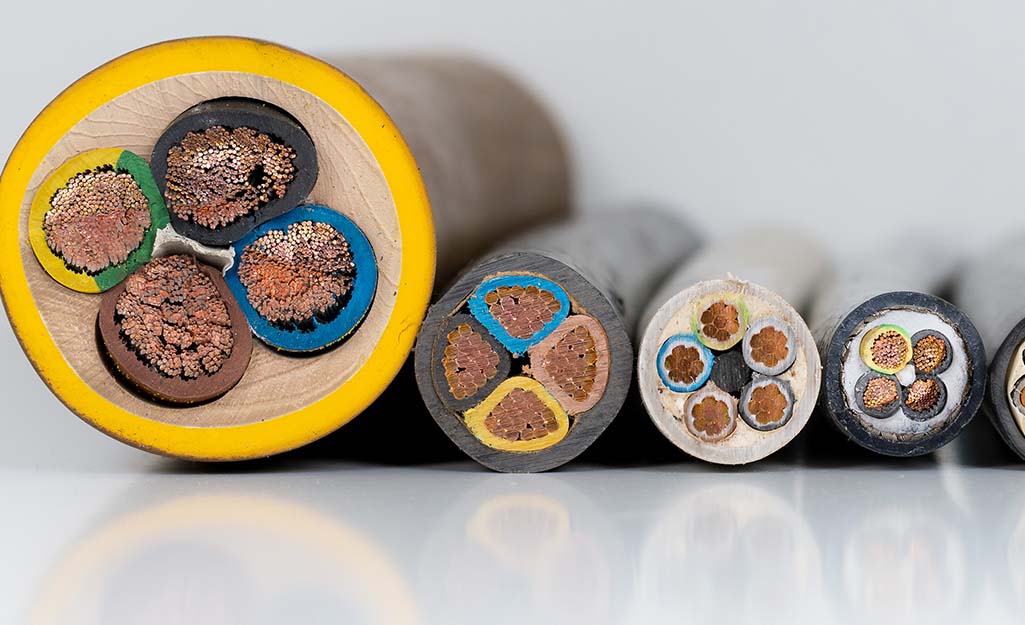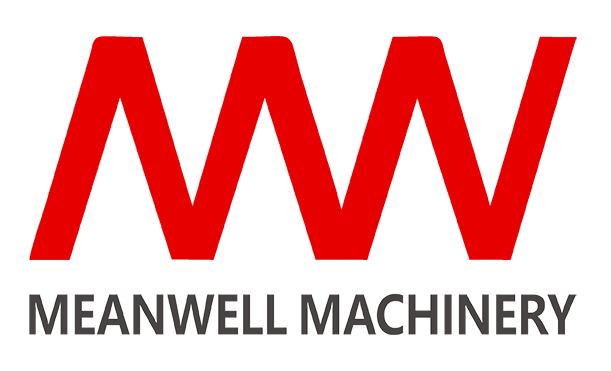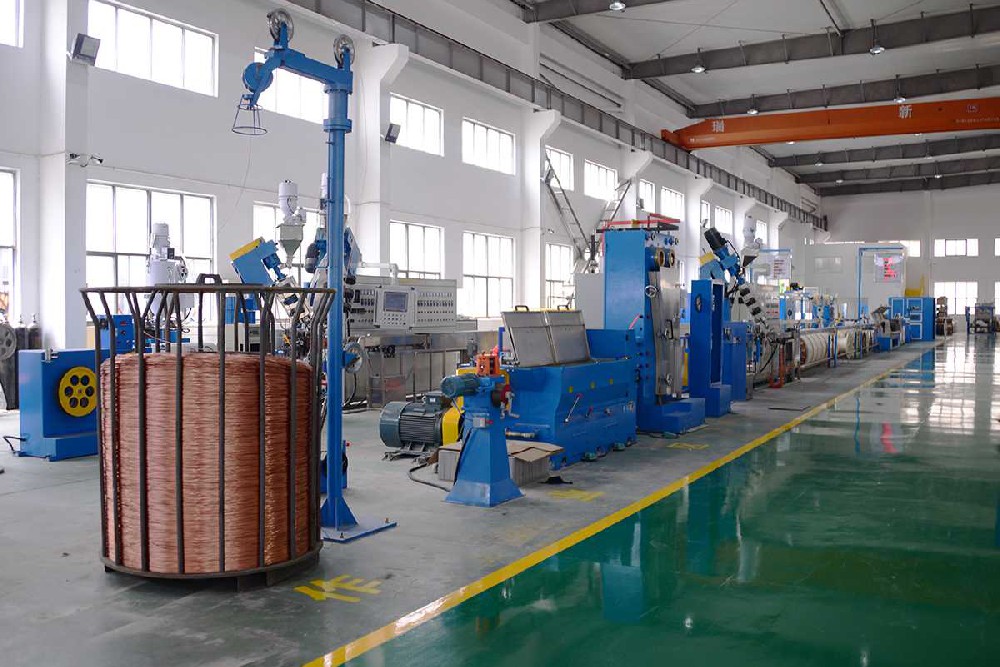
Are you a manufacturer in the electrical industry looking to optimize your cable production process? Or are you an entrepreneur interested in starting your custom cable production line? In either case, understanding the machinery and workflow involved in cable production is crucial for achieving efficiency, quality, and customization. This blog post will deeply dive into cable production, exploring the machinery used and the workflow that ensures a seamless manufacturing process.
custom CableCable Production
The Importance of Cable Production Machine Manufacturers
Before we delve into the specifics of cable production machinery and workflow, it's essential to recognize the vital role cable production machine manufacturers play. These manufacturers design and produce the equipment to create high-quality, custom cables.
The expertise and innovation of these manufacturers are critical drivers behind advancements in the industry. They provide solutions that cater to a wide range of cable types, sizes, and production volumes. Their state-of-the-art machinery enables manufacturers to meet stringent quality standards, reduce labor costs, and achieve high production throughput.
Machinery for Cable Production
1. Wire Drawing Machines
The first step in cable production is wire drawing, which involves reducing the diameter of metal wires and enhancing their surface finish. Wire drawing machines are used to achieve this. These machines grip a wire and pull it through a series of dies, each reducing its diameter until the desired size is achieved.
Wire drawing machines come in various configurations, including single-block and multi-block models. The choice of machine is dependent on factors such as wire material, finish requirements and production volume.
2. Extrusion Machines
Extrusion is a critical process in cable production that involves coating wire conductors with insulating materials. Extrusion machines melt the insulating material and apply it evenly onto the wire, forming a protective covering.
Different types of extrusion machines exist, such as single-screw and twin-screw extruders. The selection depends on factors like the type of insulation material, line speed requirements, and the complexity of the cable design.
3. Cabling Machines
Cabling machines twist multiple insulated conductors together to form a cable. The number of conductors, arrangement, and twisting pattern can all be customized based on the desired cable specifications.
These machines ensure uniform twisting and lay length, critical for maintaining signal integrity and optimizing performance. Some cabling machines incorporate shielding capabilities to improve cable performance in high-interference environments.
4. Jacketing Machines
Jacketing machines apply an outer protective layer, known as the jacket or sheath, to the cable. The jacket is a barrier against physical damage and environmental factors, providing additional insulation.
Jacketing machines are designed to handle various materials, including PVC, polyethylene, polyurethane, and more. The choice of machine depends on factors like the desired jacket material, line speed, and the cable's intended application.
Workflow in Cable Production
Now that we have explored the machinery involved let's dive into the workflow of cable production. While the specifics may vary depending on the manufacturer and product requirements, the following steps provide a general overview:
1. Wire Preparation
The first stage of cable production involves preparing the wire conductors. This includes wire drawing, where metal wires are reduced in diameter, and surface finish is enhanced. The drawn wires are then tested to ensure they meet the required specifications.
2. Insulation
Once the wires are prepared, the next step is insulation. The wires are passed through extrusion machines, where insulating materials are melted and applied to the conductor surface. The formed insulation is cooled and solidified before proceeding to the next stage.
3. Cabling
The insulated conductors are twisted together in the cabling stage to form a cable. The number and arrangement of conductors depend on the cable design specifications. Using cabling machines ensures consistent twisting and lay length for optimal performance.
4. Jacketing
After cabling, the cable may undergo an optional shielding process for enhanced performance in high-interference environments. The next step involves jacketing, where an outer protective layer is applied to the cable. This layer provides additional insulation, physical protection, and environmental resistance.
5. Quality Checking
Quality checks are performed throughout the cable production process to ensure that the cables meet the required specifications and performance standards. These checks involve testing parameters such as conductor resistance, insulation thickness, voltage withstand, and mechanical properties.
6. Cutting and Termination
Once the cables pass the quality checks, they are cut into desired lengths and terminated with connectors or other accessories. This makes it easy to install and connect the cables to different devices or systems.
Conclusion
Cable production is a complex process that requires specialized machinery and a well-defined workflow. Understanding the machinery involved, such as wire drawing, extrusion, cabling, and jacketing machines, is crucial for producing high-quality and customized cables. Additionally, following a structured workflow that covers wire preparation, insulation, cabling, jacketing, quality checking, and cutting ensures a smooth and efficient manufacturing process.
It's crucial to partner with reliable cable production machine manufacturers to optimize cable production. These manufacturers offer innovative solutions, expertise, and machinery options tailored to specific cable production requirements. By embracing the advancements in cable production machinery and following an efficient workflow, manufacturers can meet the demands of the electrical industry while maintaining high-quality standards.
Are you ready to take your cable production to the next level? Explore the world of cable production machine manufacturers and unlock the potential for customized, high-quality cables that meet your industry's requirements. Remember, the right machinery and workflow are the key drivers of success in the cable production industry!
 Chinese
Chinese English
English




